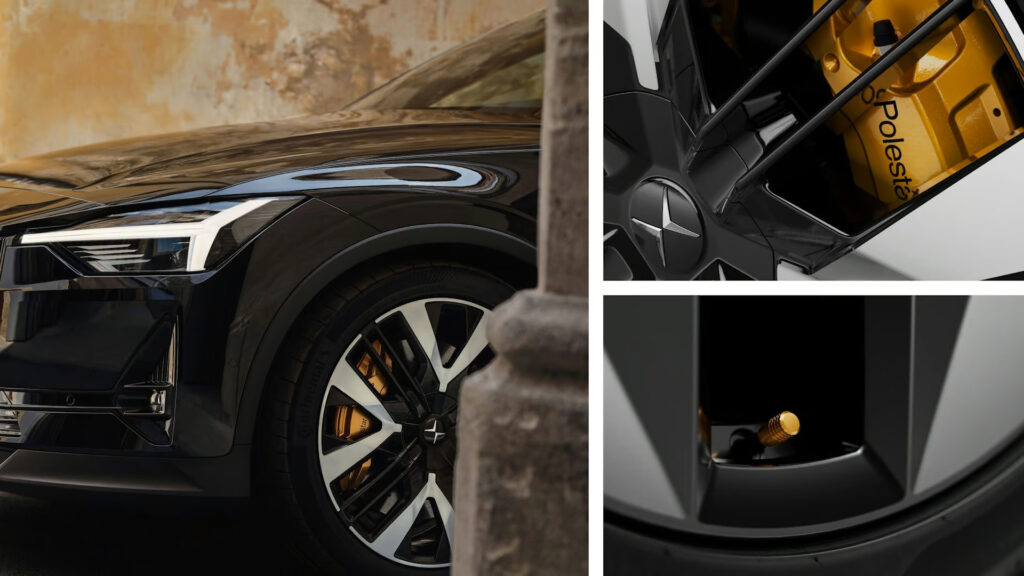Swedish gold, or “guld” in Swedish, is a term that, while not commonly used in everyday language, carries a rich history and deep cultural significance. This golden hue symbolizes warmth, wealth, and a distinctive Scandinavian charm. In this article, we’ll explore the fascinating origins and evolution of Swedish gold, and its integration into the Swedish lifestyle and Polestar brand.
Origins of Swedish Gold
The story of Swedish gold begins with the country’s abundant natural resources. Sweden is famous for its vast deposits of copper and iron, rather than actual gold. These metals have been mined since ancient times, significantly shaping Sweden’s economy and culture. The term “Swedish gold” often evokes the warm, golden tones of these metals, especially copper, which takes on a stunning golden sheen when polished.
Copper mining in Sweden dates back to the 9th century, with the Falun Mine being one of the most notable sources. This mine not only supplied much of Europe with copper but also produced the iconic Falun Red paint, a byproduct of the mining process, now synonymous with Sweden’s red wooden cottages. While Falun Red is more widely recognized, the golden hues of polished copper and iron pyrite (fool’s gold) also contributed to the palette that inspired Swedish gold.
READ MORE: Michael Schumacher’s 220mph F1 Car Hits Auction for £7.7 Million

Swedish Gold in Art and Architecture
During the Renaissance, Swedish gold began to influence art and architecture as Sweden emerged as a significant cultural and political power in Europe. This golden color was frequently used in church decorations, paintings, and the gilded details of royal palaces.
One of the most striking examples of Swedish gold in architecture is the Stockholm Palace, or Royal Palace. Built in the Baroque style, it features numerous gilded elements that provide a regal and warm appearance. The use of gold in such contexts was not merely about luxury but also about reflecting light during the long, dark Swedish winters.

The Influence of Swedish Gold on Design
In the 20th century, advancements in material sciences and paint technology made Swedish gold more accessible, allowing it to transition from royal exclusivity to a broader cultural symbol. It came to represent not just wealth, but also innovation and quality.
In modern design, Swedish gold appears in various forms, from interior décor to fashion. Its versatility allows it to be both a bold statement and a subtle accent, making it a favorite among designers. In interior design, Swedish gold is often used to create a cozy and inviting atmosphere, complementing the minimalist Scandinavian aesthetic that emphasizes natural materials and clean lines.
In the fashion industry, Swedish gold is frequently seen in jewelry, accessories, and even clothing. Its timeless appeal ensures it remains stylish and relevant. Swedish gold also plays a role in various Swedish festivals and traditions, such as the annual Midsummer celebration, where gold decorations symbolize the sun and the fleeting beauty of summer.


Swedish Gold and Polestar
Gold is universally associated with luxury, quality, and achievement. It signifies success and excellence. In the realm of consumer goods, gold implies a premium experience, a standard Polestar aims to meet with every vehicle.
Polestar vehicles showcase meticulous attention to detail, with Swedish gold playing a pivotal role. In the Performance pack for models like the Polestar 2, 3, and 4, elements such as the brake calipers, seat belts, and valve covers are adorned in Swedish gold. This design choice is not merely aesthetic but a tribute to Polestar’s Scandinavian roots and performance heritage. Each glimpse of the golden calipers through the sleek rims serves as a reminder of the craftsmanship and precision that Polestar represents.
In the Pro packs, the seat belts are black with a sleek stripe of Swedish gold, maintaining the connection to heritage while pushing the design forward. The inclusion of Swedish gold in Polestar’s lineup is a deliberate nod to its roots and a symbol of its commitment to excellence. It tells the story of where Polestar comes from and where it’s headed, merging the past and future into a harmonious present.
Swedish gold, with its deep historical roots and contemporary applications, continues to symbolize the warmth, wealth, and charm that define Sweden and brands like Polestar.
READ MORE: 2025 Chevrolet Corvette ZR1: Fastest and Most Powerful Corvette Ever
Subscribe today for the freshest car news delivered to your inbox




